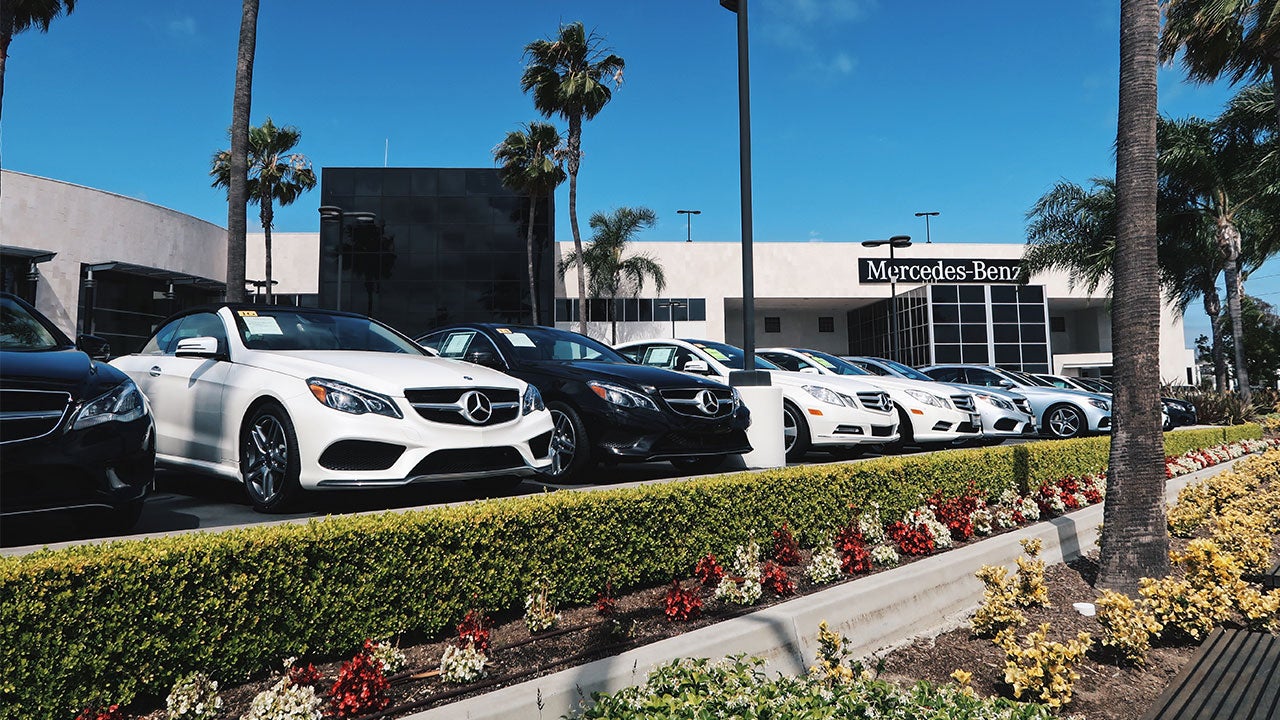Car-lease incentives: What you need to know

Key takeaways
- Car-lease incentives can help make leases more affordable.
- The main three types of lease incentive programs are lease cash, subsidized interest rates and subsidized residual values.
- You may have to watch out for balloon payments at the end of the lease and state taxes on incentives.
If you’re itching for the car of your dreams, lease incentives can make getting on the road more affordable. Lease cash, lower interest rates and higher residual value mean lower monthly car lease payments. However, there are a few drawbacks to consider before signing up so you don’t make any car leasing mistakes.
What are lease incentives?
Car-lease incentives are benefits automakers offer to entice consumers to lease a vehicle. Automakers regularly advertise lease incentives through their websites, commercials and radio and direct-mail ads. Car-lease incentives make leasing a specific type of car more affordable and enticing.
3 types of car-lease incentives
Before heading to the dealership, there are three common types of car-lease incentives to be aware of.
1. Lease cash
Lease cash is similar to a rebate. Lease cash is a flat dollar amount set by the manufacturer and applied to the overall price tag of leasing the vehicle — thus lowering your costs. The total value of lease cash, however, may vary based on the lease term you select.
Any restrictions on the cash are spelled out on the automaker’s website, usually in the fine print under the offers section.
You may also see these referred to as cash rebates or lease rebates. Some examples include Captive Lease Cash through Honda and Acura or Red Carpet Lease Cash through Ford.
2. Subsidized interest rates
A subsidized interest rate involves the auto manufacturer offering a lower rate for customers with good credit who use the automaker’s lending arm, such as Ford Credit or Toyota Financial Services. It’s often referred to as a “lease deal” for a specific monthly payment.
You will need to compare this interest rate with financing you could obtain through another lender to see which is better. Look through all the details, not just rates.
3. Subsidized residual values
Residual values — and subsidized residual values — are important factors associated with the cost you pay to lease a car. A vehicle’s residual value, which is set by the leasing company, is an estimate of what the car will be worth once the lease ends.
This figure is key because the amount you pay for the lease is the difference between the price of the car at the outset of the lease and its residual value at the end of the lease. If a car’s price is $25,000 at the start of a lease, for example, and its residual value is $10,000, then your cost to lease that car is $15,000 — an expense that’s divided into monthly lease payments.
As an incentive, automakers or leasing companies may increase the projected residual value in order to lower monthly payments, also known as subsidizing or subventing. Automakers will often offer either a subsidized interest rate or a subsidized residual value on a car, but not both. You can also check to see if it’s worth the deal by comparing the payments against an auto lease calculator.
The perks of car-lease incentives
If you can lock in a car-lease incentive, you may benefit in one or more ways.
Lower payments
Cash in hand
A better car for less
What to watch out for
Although lease incentives are perks, there are two main potential drawbacks to signing off on a hefty cash rebate.
Balloon payment
The automaker may require a balloon payment, which is a larger one-time payment at the end of the lease. If your budget won’t allow you to make this payment, you may damage your credit score and face other repercussions.
Just keep in mind: If you come across a car-lease incentive that’s too good to be true, it probably is.
Potential state taxes
While car-lease incentives come with notable advantages, they do have one major drawback: Some states tax car incentives and rebates. If you live in a state that does, you may have to pay taxes on the full price of the vehicle before the incentive is applied.
You don’t have to worry about this if you live in one of these states that don’t tax incentives:
-
Alaska Massachusetts Oregon Arizona Minnesota Pennsylvania Delaware Missouri Rhode Island Iowa Montana Texas Kansas Nebraska Utah Kentucky New Hampshire Vermont Louisiana Oklahoma Wyoming
The bottom line
Before you jump at any car-lease incentive read the fine print. Make sure you understand how lease cash, subsidized interest rates and residual values impact your out-of-pocket costs. Also note the drawbacks of incentives, like steep, one-time balloon payments. Most importantly, consider all the lease terms and whether a lease makes sense for your budget before signing on the dotted line.
Anna Baluch contributed to a former version of this article.
You may also like

Best credit card bonuses for November 2024

0% APR car deals: Are they worth it?


